Established in 2009 and only invested in container ships since 2014, by 2021, Hai An has entered the Top 100 largest container shipping lines in the world . Currently, the company has a fleet of 11 ships with a total capacity of nearly 16,000 TEU, 3 times higher than in 2019. However, according to the "captain" and founder of the company - Mr. Vu Ngoc Son, looking at the world, Hai An is still too small. Because currently, the company's largest ship is 1,800 TEU, while in the world, the largest ship has reached 24,000 TEU.
But the story of the acceleration of a private Vietnamese company is impressive. It started in May 2014, when the company purchased and received the 787-TEU "Haian Park" ship in Shanghai. A month later, the ship's acceptance ceremony and the announcement of the domestic container shipping route with a three-times-a-week schedule were held.
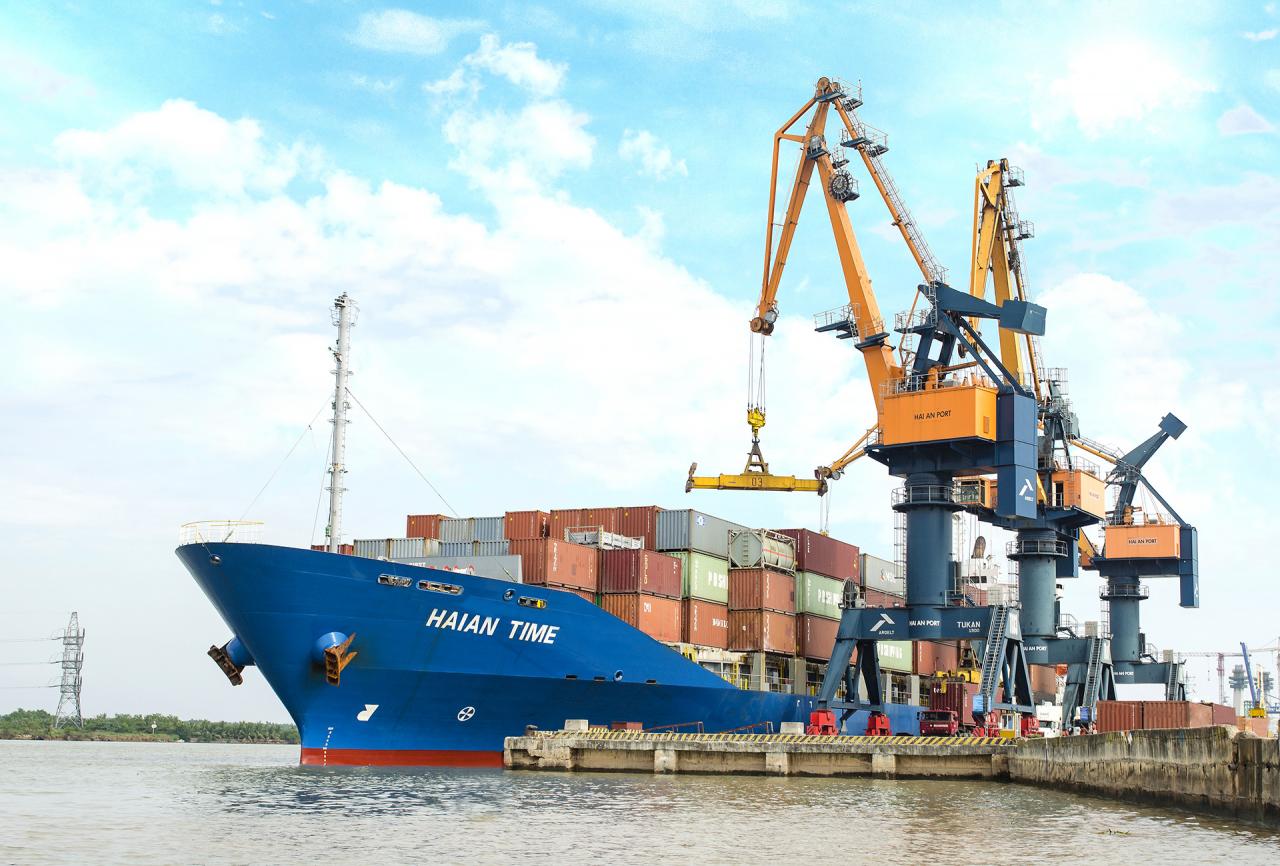
Soon after, a series of other ships were invested in: In 2015, the "Haian Time" ship with a capacity of 1,030 TEU; in 2017, the "Haian Bell" ship with a capacity of 1,200 TEU; in 2018, the "Haian Link" ship with a capacity of 1,060 TEU; in 2019, the "Haian Mind" ship with a capacity of 1,794 TEU... Notably, during the 3 years of the pandemic from 2020 to 2022, due to the blockade, the shipping market froze, many shipping lines around the world had to sell ships to pay debts, ship prices fell sharply, Hai An took advantage of the opportunity to focus on investing in the fastest fleet. In just two years, the company has purchased and put into operation 6 "Bangkok Max" container ships with a capacity of 1,700 TEU.
Thanks to the low investment cost of the fleet, the quality meets international standards (all of Hai An's fleets have two levels of registration, both Vietnamese and international, such as the US, Japan, Germany, etc.), and the flexibility to apply both self-exploitation and time-charter methods, the company's revenue and profit have increased rapidly.
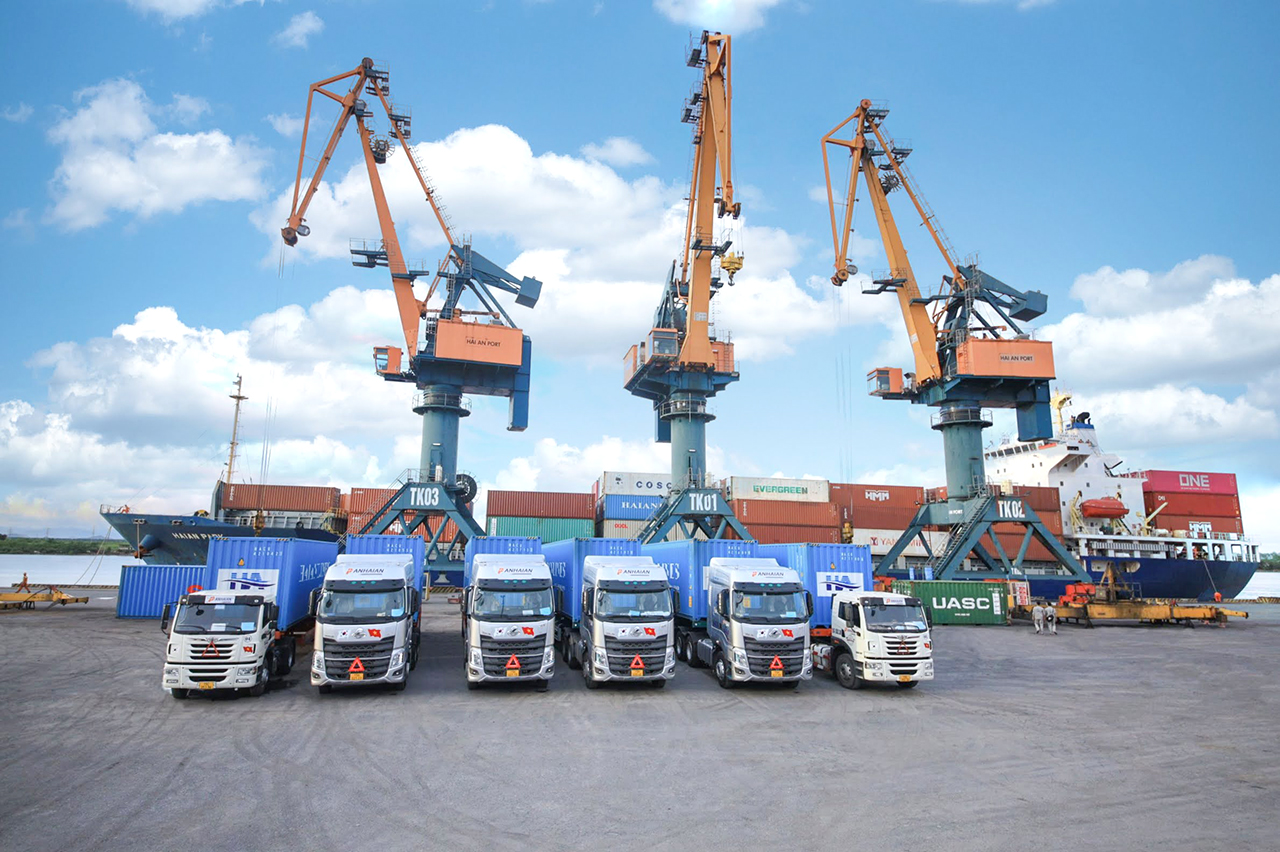
According to the plan, the company will continue to implement the investment project to build 3 new ships of 1,800 TEU with a capital of about 2,000 billion VND; and to buy old ships to meet the needs of the fleet. The development of the fleet is only in a short time, and according to Mr. Vu Ngoc Son, the most important thing is that without support and loans from banks, the company will not be able to do it. To buy an old ship about 12 years old with a capacity of 1,700 TEU equivalent to about 25,000 tons of tonnage or to build a new similar ship, the enterprise must invest tens of millions of USD. Meanwhile, most of the enterprises in the industry are small and medium-sized enterprises, so it can be said that, up to now, no Vietnamese enterprise has been able to invest in a large fleet of container ships to travel internationally.
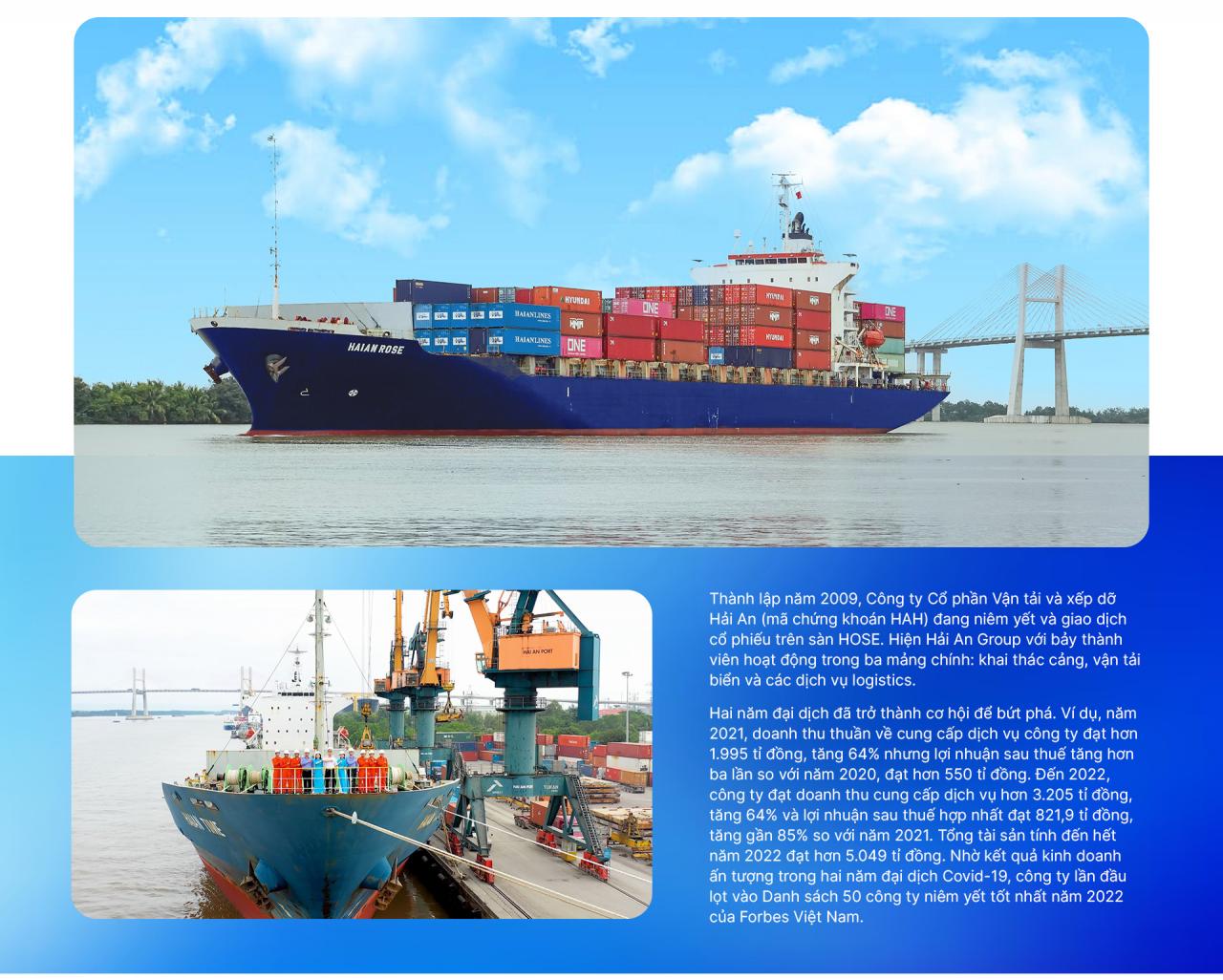

In transportation, there are two very specific industries: aviation and maritime. If goods can be exchanged between airlines to maximize flights (Seat Exchange), shipping lines can also exchange containers with each other globally to reduce storage costs and container rotation (Container Direct Interchange).
This helps both air and sea transport save a lot of costs. For example, when shipping lines transport seafood from Vietnam to the US, they have to use refrigerated containers. However, in the opposite direction from the US to Vietnam, there are only dry goods, so dry containers must be used. At that time, if the refrigerated containers are left behind, they will have to pay a very large storage fee.
Therefore, shipping lines can exchange containers with each other, transfer those refrigerated containers to shipping units that need to transport beef, fresh food, etc. from the US to Europe or other continents, and the shipping line returning to Vietnam will replace them with dry cargo containers. After that, the lines will calculate and offset each other for all container exchanges during the year.
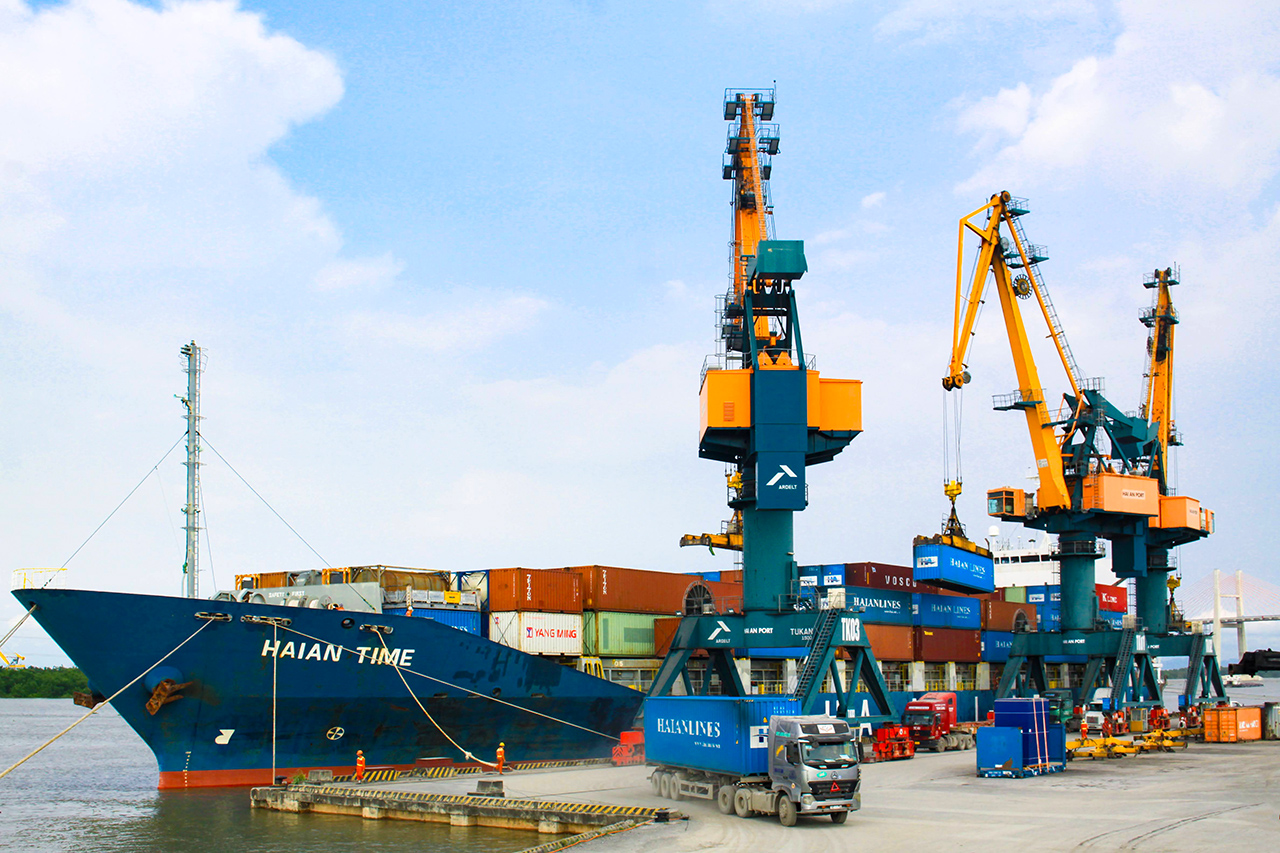
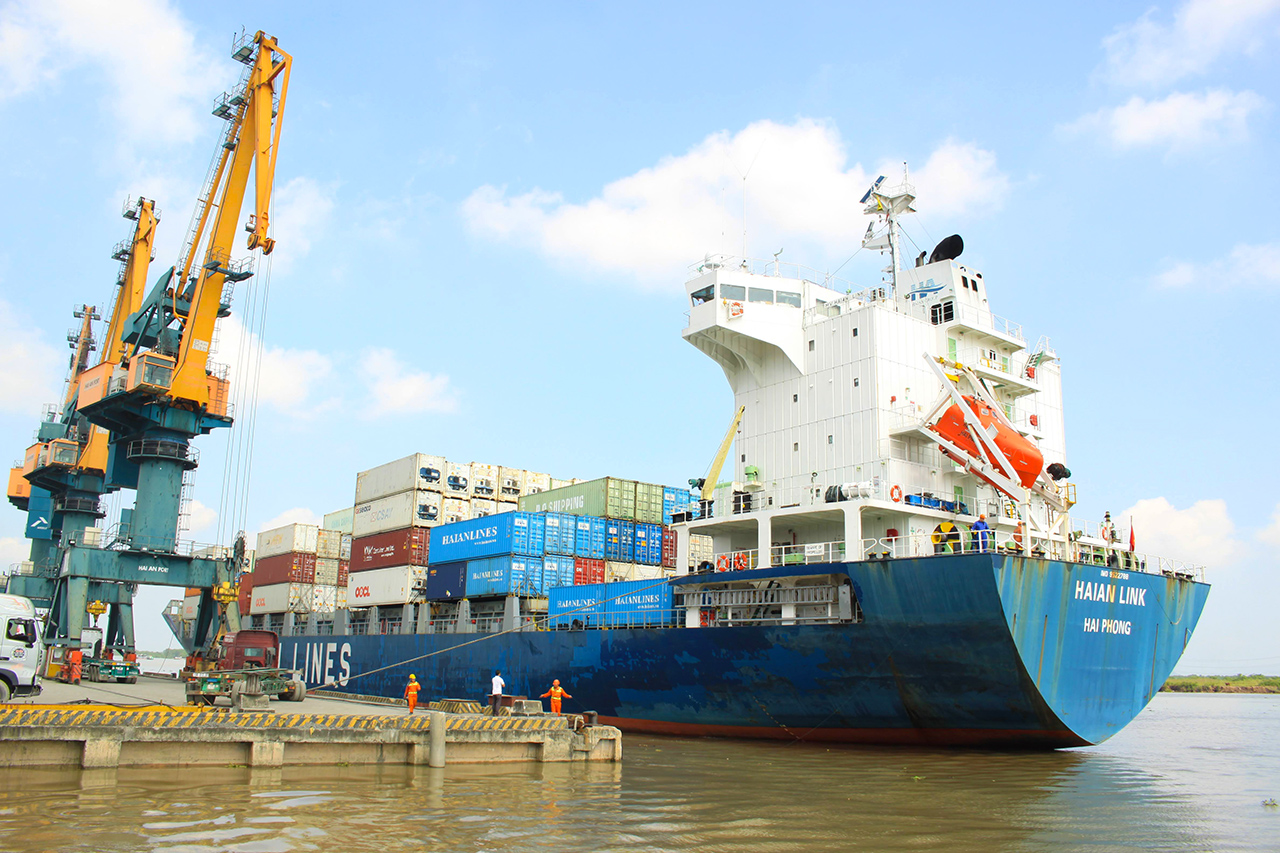
"Therefore, in addition to investing in container ships, the company is required to invest in container shells according to IMO standards and register according to international regulations so that they can be exchanged for other shipping lines in any country. This is the most cost-effective way for container transportation and is also a mandatory condition for shipping lines wanting to participate in the international container transportation market," said Mr. Vu Ngoc Son.
In fact, goods from Vietnam that want to be exported to many countries without domestic shipping lines must wait for foreign shipping lines with longer time and higher freight rates. When Hai An operates on shipping routes with fixed schedules during the week, import-export enterprises will easily book seats and have competitive freight rates, especially for goods from Vietnam to the Chinese market and vice versa. Therefore, Hai An's construction of a container fleet and ownership of the largest fleet in the country has and will contribute to reducing the cost of transporting Vietnam's import and export goods.
"Being proactive, reducing waiting time for shipping lines and reducing fees is the goal when building our own fleet. Currently, the fees are lower than those of foreign shipping lines, although not by much, and will continue to decrease in the future," Mr. Son emphasized.
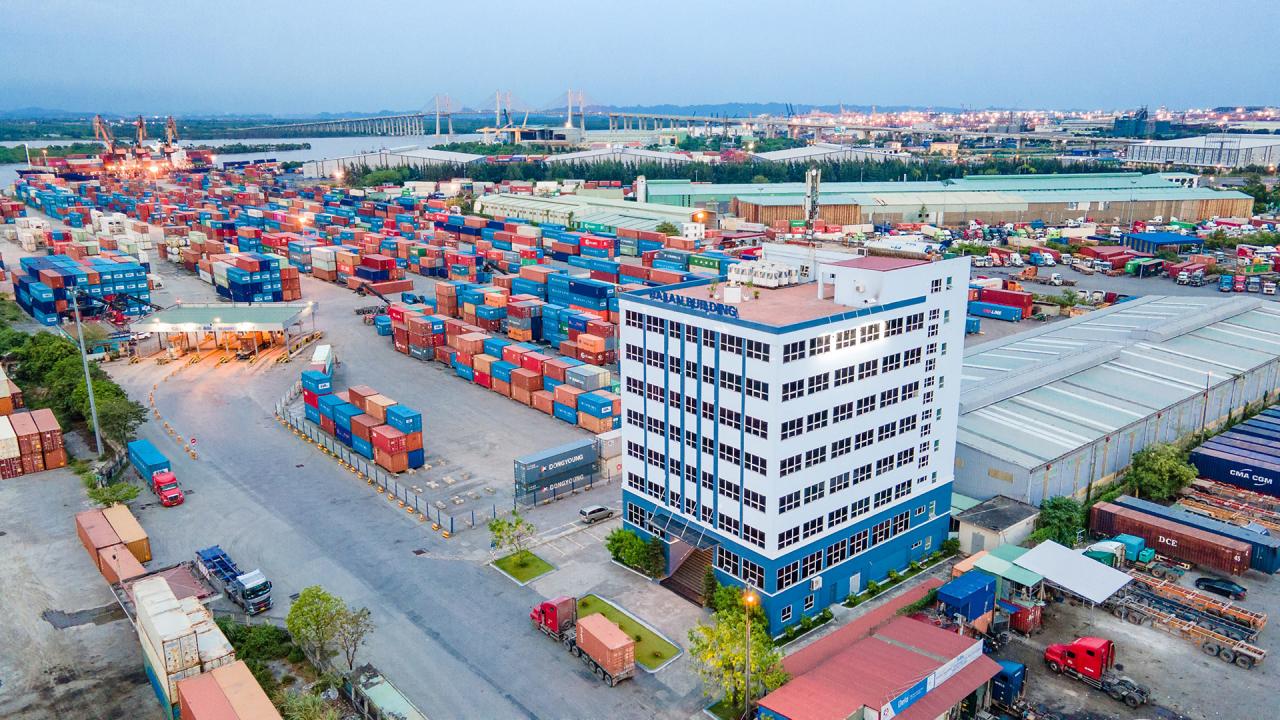
However, according to Mr. Son, to do this is a very long journey, requiring the joint efforts of many stakeholders, including changing existing habits in many businesses.
"Everyone says logistics costs in Vietnam are too high, but no agency has analyzed and pointed out which stage is high. Has any unit specifically calculated the cost of transporting the same volume of goods from point A to point B by sea and by road? Currently, many shippers still prefer to transport goods by car for convenience. For example, seafood export companies in the Mekong Delta invest in refrigerated trucks to collect raw materials from various places to processing factories and then bring finished products to the port in Ho Chi Minh City for export. Investing in this fleet of vehicles is quite expensive and the cost of transporting by road is much higher than by waterway. But they have invested in a refrigerated fleet of vehicles and want to use it instead of switching to other forms. Therefore, overall, logistics costs are still high when calculated based on the volume of goods transported in general," said Mr. Son.
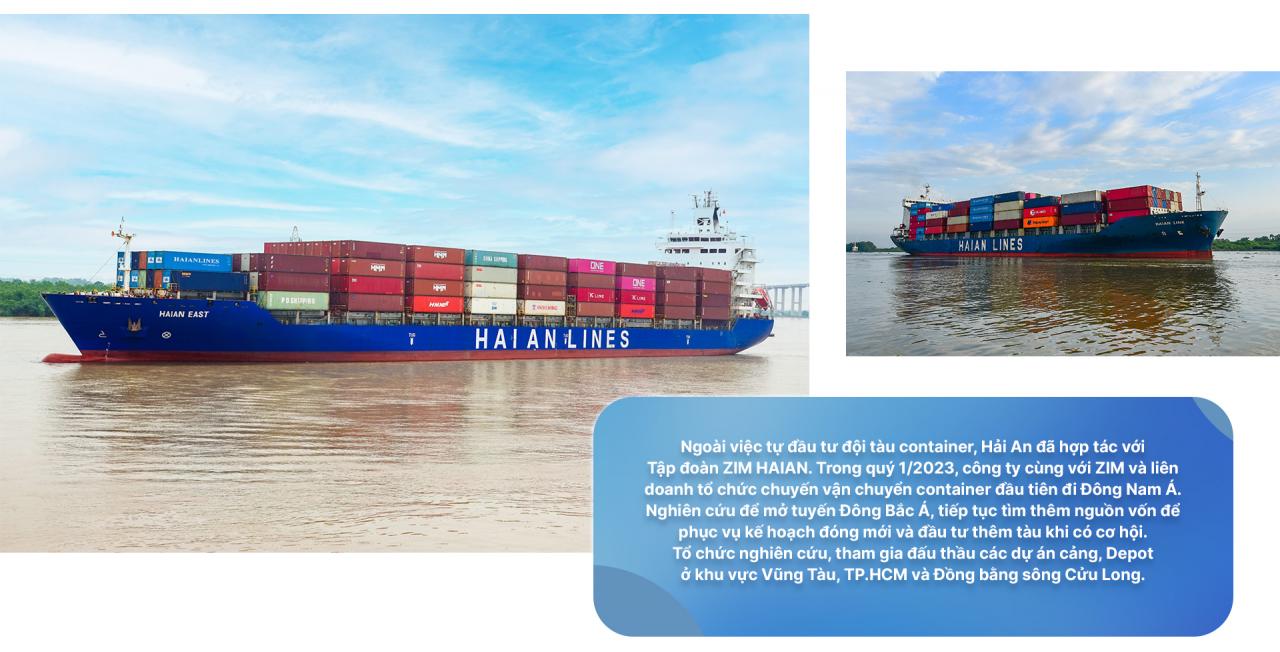

Mr. Vu Ngoc Son - a marine economic engineer - has spent most of his life working with ships and has participated in building a container fleet for Vietnam three times. The first time was in 1989, as General Director of Gemartrans (Asia) Ltd, a joint venture between the General Department of Maritime and the French Maritime Corporation (CGM). This was the first company to transfer container transport technology to Vietnam and was also the first company to charter container ships to run the Saigon - Singapore route.
He said that at that time, with the support of France, Gemartrans developed well, rented ships with a capacity of 150 TEU to 500 TEU and by the end of 2000, this joint venture had also purchased its first ship with a capacity of about 300 TEU. In 1990, he asked the General Department of Maritime to establish Gemadept to act as a container shipping agent.
Vietnam's economy began to open up for integration, many foreign container shipping lines opened routes to Vietnam, while human resources for this profession were almost non-existent. Therefore, the first two enterprises operating in the container sector in Vietnam were chosen as agents by most of the world's largest container shipping lines such as Maersk Line, "K" Line, OOCL, Hajin, Nedloyd, MISC... Thanks to that, both companies operated effectively, earning millions of US dollars in profits every year.
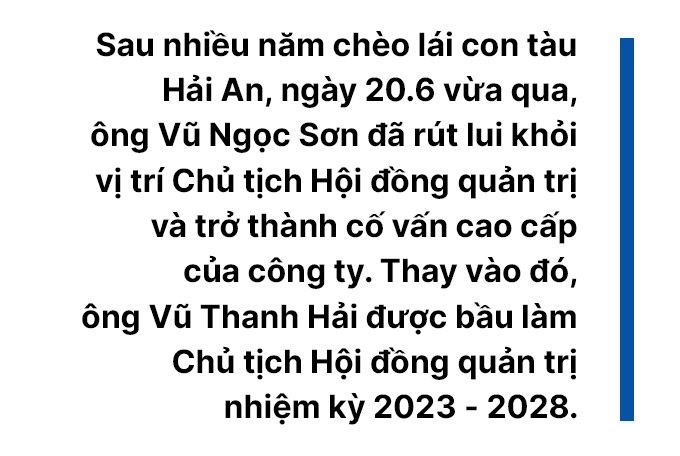
The second time, Mr. Son built a container fleet for Vietnam National Shipping Lines (Vinalines) since its establishment in 1995. He was the General Director and Chairman of the Board of Directors from 1995 to 2004. When he left, Vinalines had formed a container fleet of 11 ships with a total tonnage of nearly 10,000 TEU. Of which, Vinalines directly operated a number of ships on domestic routes, while the rest were leased by the Gemartrans joint venture for time to transport import and export goods on a number of foreign routes from Hai Phong , Ho Chi Minh City to Hong Kong, Taiwan, and Singapore.
The third time was the period of establishing Hai An and aiming to build the current container fleet. Although having the largest fleet in Vietnam, with a total of nearly 12,000 TEU of container shells, of which 50% are newly built containers, Mr. Son admitted that Hai An was only capable of participating in freight routes in the Asia region such as from the north to China, Korea or the south to Singapore, Malaysia or to India... Therefore, at this stage, investing in ships with a capacity of 1,800 TEU is Hai An's goal to expand its journey to the world.
However, "captain" Vu Ngoc Son did not hide his concerns. To go further, transporting goods to Europe and America, the first thing is to have a large capital to buy or build a ship. For example, a ship with a capacity of 24,000 TEU currently running the Asia-Europe route costs about 220 million USD to build. But it is impossible to invest in just one ship and run one route because customers have global demand, so container transport must organize many routes, run ships according to a weekly schedule...
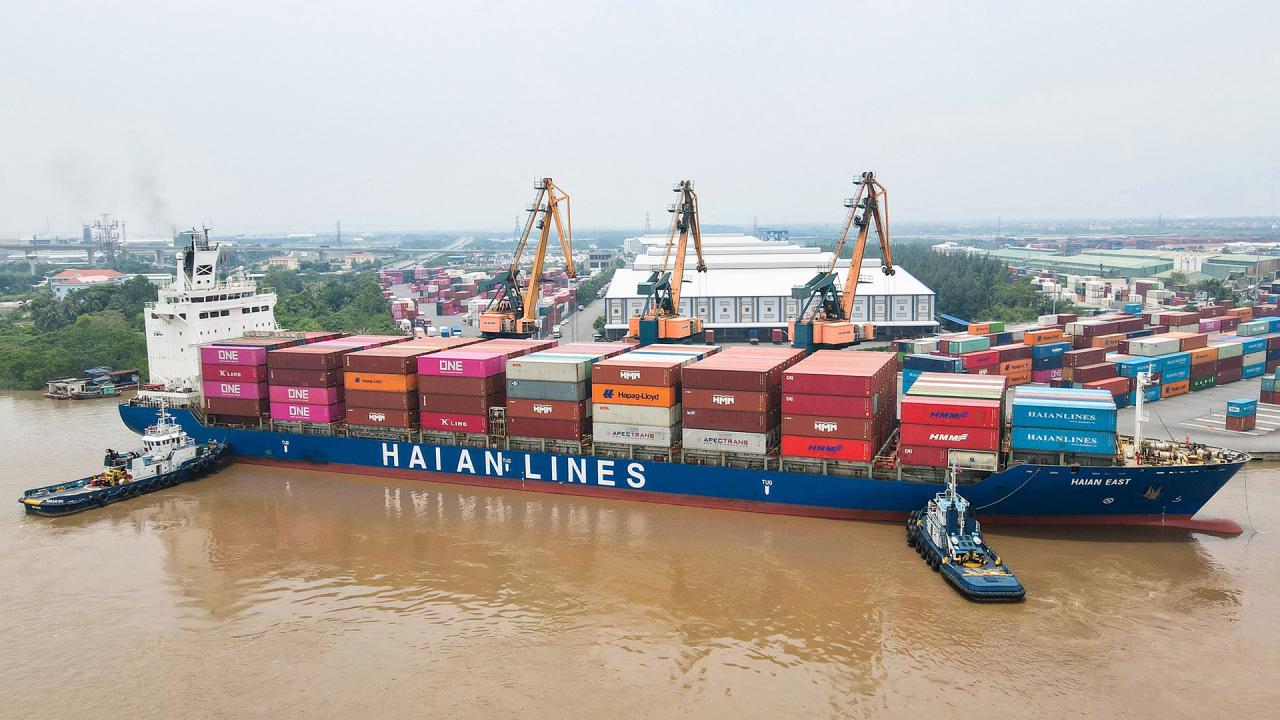
For example, to organize intercontinental routes (Asia to Europe or Asia to the US), it is necessary to invest in dozens of ships with a capacity of 7,000 to 24,000 TEU, invest in at least half a million containers, and then cooperate with large shipping lines to jointly exploit. If you want to organize routes within a region such as intra-Asia or Northeast Asia - Middle East, you must also invest in a fleet of ships with a capacity of 1,800 to 5,000 TEU, invest in containers to be able to cooperate with small shipping lines to jointly exploit.
Not to mention investing in container terminals, establishing a network of offices, agents, and representatives in the main areas where ships arrive... So, at least a billion USD in capital is required.
"The world's major shipping companies all have capital ranging from several billion to several tens of billions of USD. In addition, they also receive preferential loans from the Government for investment. For example, if Korean shipping companies order ships to be built in the domestic market, they will be given loans of up to 90% of the value with low interest rates. Similarly, if Japanese shipping companies order ships to be built at domestic shipyards, they will also receive preferential loans, sometimes even up to 100% with 0% interest rates...
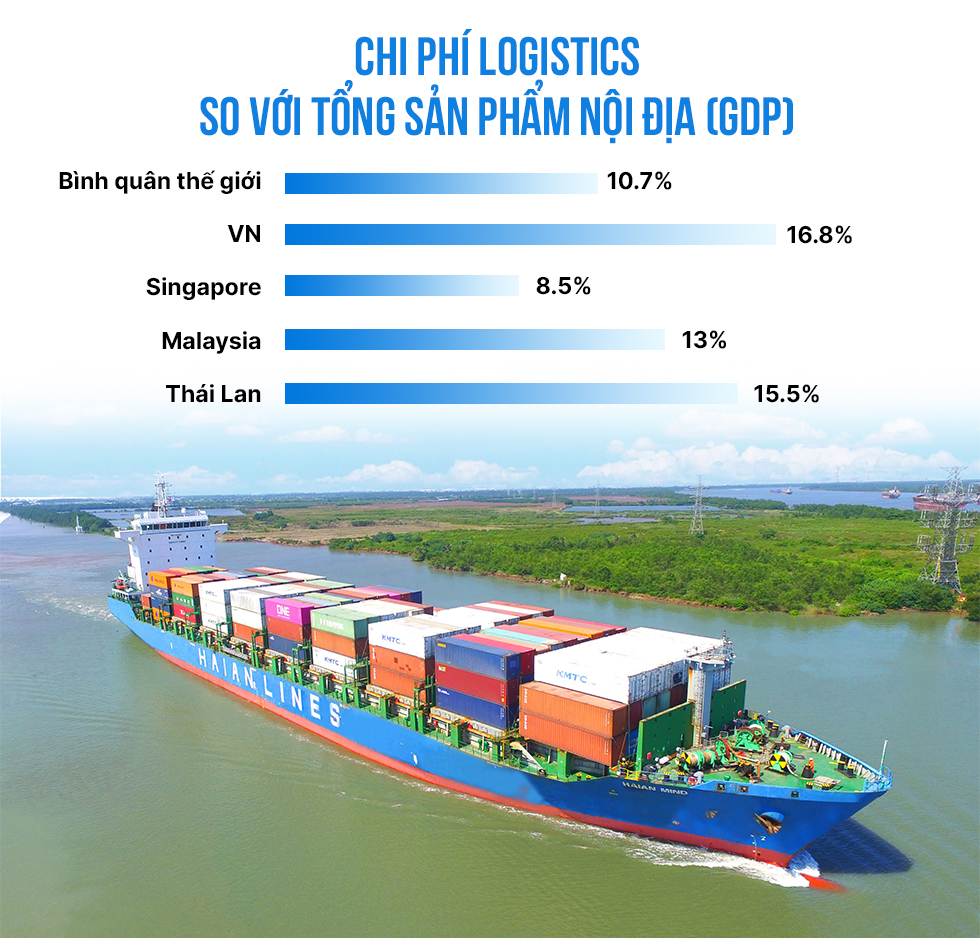
To reach further, serving domestic import and export goods, in addition to having a large capital for investment, it is also necessary to consider the specific volume of goods and the combination of attracting goods from other countries in the same region or on the ship's route" - Mr. Son said. In fact, according to CTS (Container Trade Statistics), the total volume of containerized cargo transport in the world in 2022 on all routes will reach about 230 million TEUs, while Vietnam's import and export goods alone will only reach about 5 million TEUs - a number that is too small if divided on a weekly average. Therefore, all shipping lines have only brought a few mother ships to Hai Phong and Cai Mep.
"However, if we invest in suitable ships and hulls, we can still cooperate with them to organize a "Joint - Service" to the US or Europe. That has been our long-standing dream, those working in container transport, and we hope that the next generation will continue to do so. Because if only Vietnamese enterprises are alone, they will not have the capacity and conditions to do it," Mr. Vu Ngoc Son shared, unable to hide the aspirations that still smolder in the hearts of those who have spent their lives working with ships.
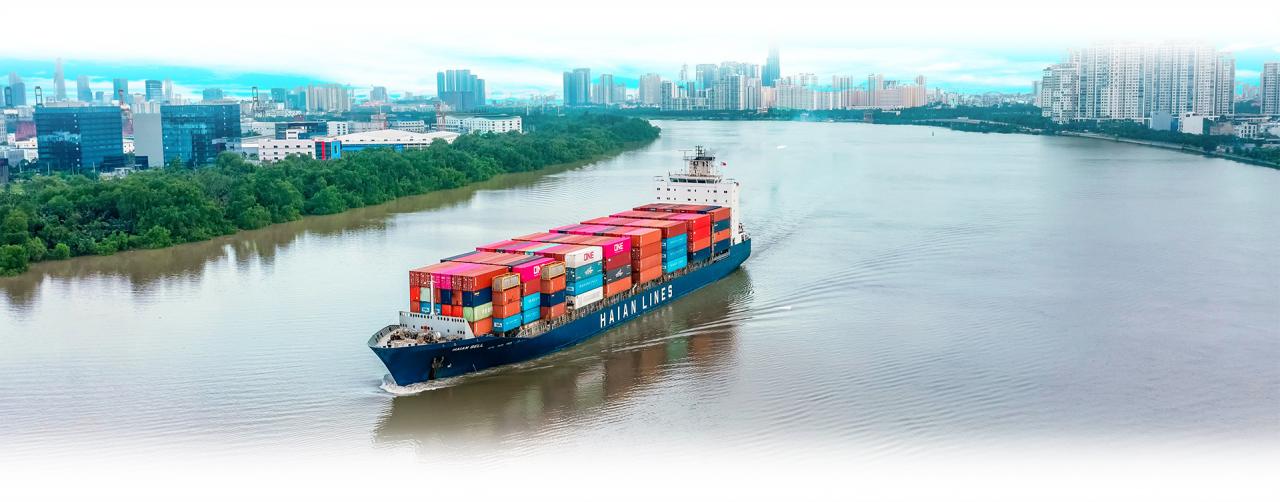
Thanhnien.vn


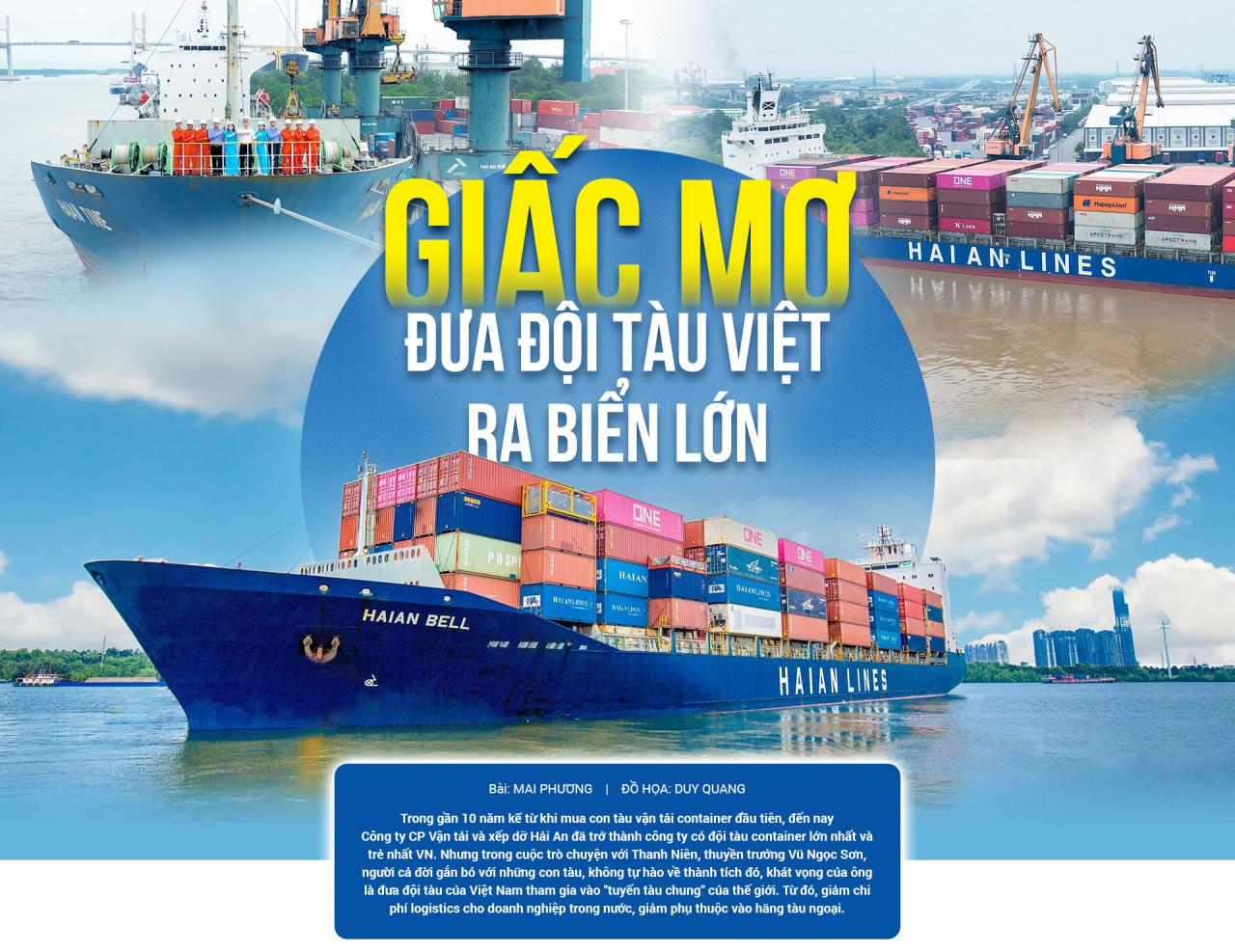

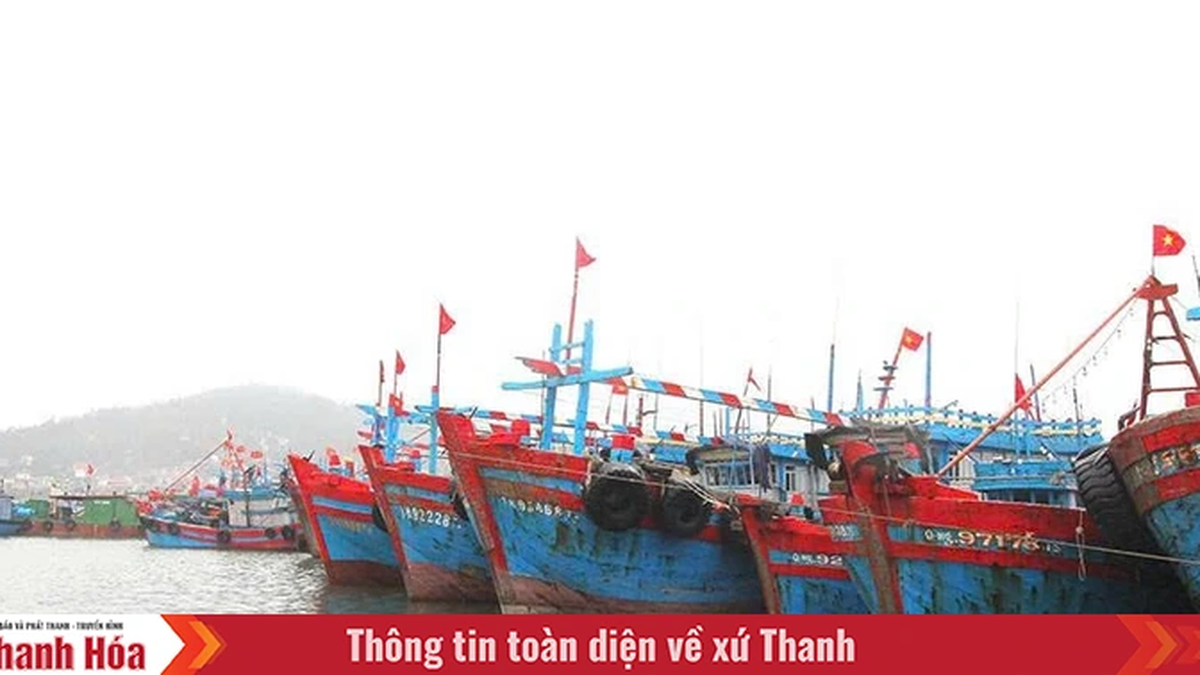








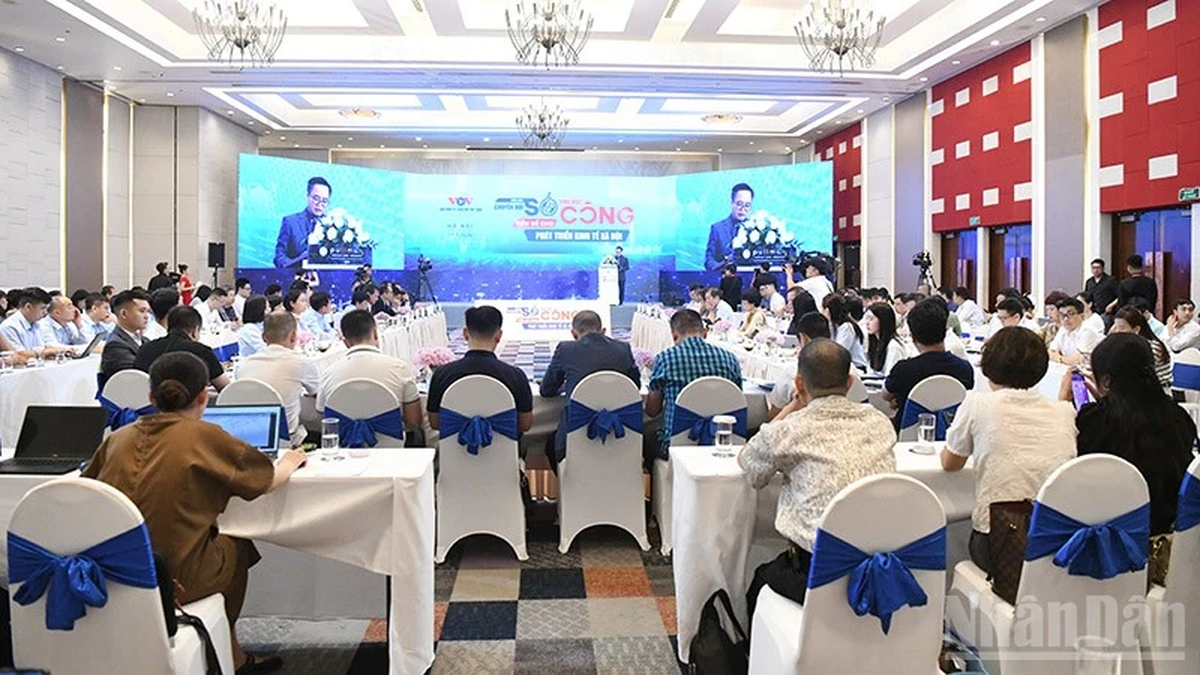
























































































Comment (0)